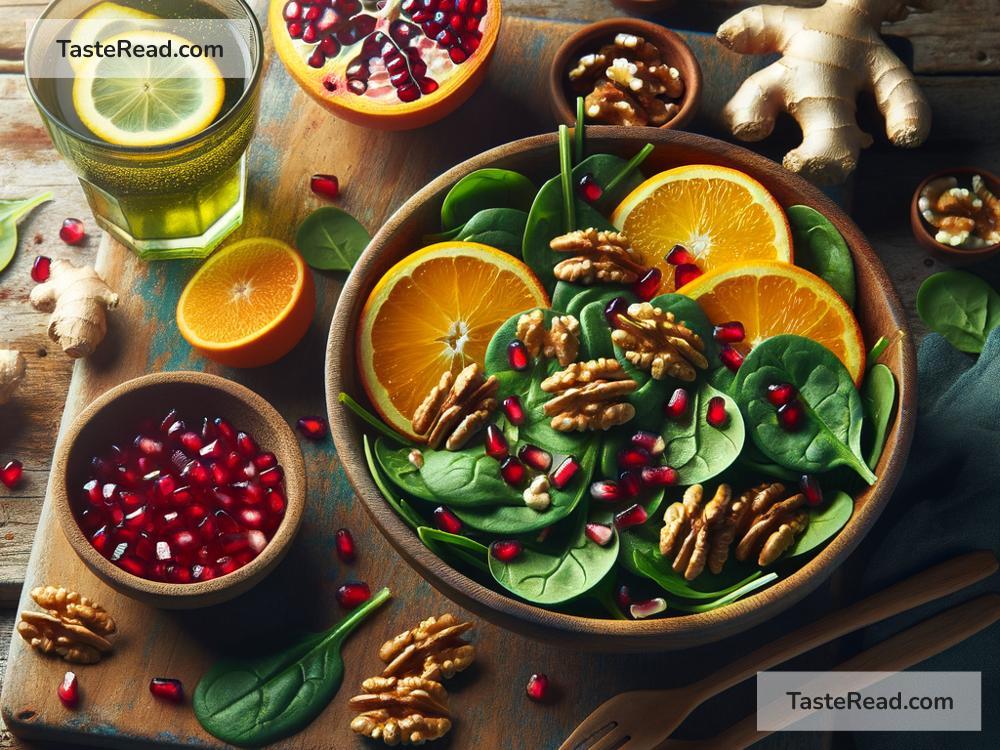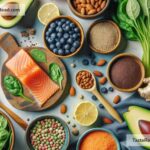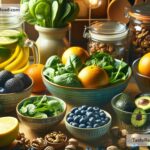Foods That Reduce the Risk of Hypercoagulability: Eat Your Way to Better Health
Have you ever heard of hypercoagulability? It’s a tongue-twisting medical term that refers to a condition where your blood has an increased tendency to clot. While blood clotting is a natural process that helps seal wounds and prevent excessive bleeding, too much clotting can be dangerous. Hypercoagulability can lead to serious health risks, such as deep vein thrombosis (DVT), pulmonary embolism, heart attacks, or strokes.
The good news is that what you eat can play a crucial role in reducing the risk of hypercoagulability. By including specific foods in your diet, you can help keep your blood flow smooth and prevent abnormal clotting. Let’s dive into some simple, delicious, and healthy food choices that may help reduce your risk.
1. Fatty Fish
Fatty fish like salmon, mackerel, sardines, and trout are rich in omega-3 fatty acids, which are heart-healthy fats. Omega-3s have been shown to lower the risk of blood clots by reducing inflammation and improving the overall flexibility of blood cells. When your blood cells aren’t sticky, clots are less likely to form.
Try adding fish to your meals a couple of times a week. You can bake, grill, or steam your fish for a healthy, flavorful option.
2. Garlic
Garlic isn’t just a flavorful addition to your meals; it also has properties that can prevent abnormal clot formation. Compounds in garlic, such as allicin, act as natural blood thinners and improve circulation. Studies suggest that eating garlic regularly may help reduce the risk of clot-related issues.
You can use fresh garlic in soups, stir-fries, salads, or even roast it for a sweeter, milder flavor.
3. Ginger
Ginger isn’t just a spice; it’s a powerful anti-inflammatory food. Its active ingredient, gingerol, helps thin the blood and prevent clotting. Ginger also aids digestion and supports overall cardiovascular health, making it a fantastic addition to a healthy lifestyle.
It’s easy to incorporate ginger into your diet. Grate some fresh ginger into tea, smoothies, or soups, or use it as seasoning for meats and vegetables.
4. Leafy Greens
Leafy greens like spinach, kale, and broccoli are packed with essential nutrients, including vitamin K. While vitamin K is involved in blood clotting, eating these greens in moderation provides other benefits, such as improving heart health and balancing blood flow. Additionally, leafy greens contain antioxidants that reduce damage to your blood vessels, promoting smoother circulation.
Aim to include a variety of greens in your diet. Toss them into salads, blend them into smoothies, or sauté them as a side dish.
5. Berries
Bright-colored berries like blueberries, strawberries, and raspberries aren’t just tasty—they’re also full of antioxidants and vitamin C, which keep your blood vessels healthy and strong. These nutrients help reduce inflammation and lower clotting risks.
Snack on fresh berries, add them to yogurt, or use them to sweeten oatmeal for a healthy start to your day.
6. Nuts and Seeds
Rich in healthy fats, fiber, and vitamin E, nuts and seeds like almonds, walnuts, chia seeds, and flaxseeds can contribute to better blood health. Vitamin E, in particular, has anticoagulant properties that help prevent clot formation.
Snack on a handful of nuts, sprinkle seeds over your salads, or blend them into smoothies for easy ways to include these power-packed foods in your diet.
7. Turmeric
Turmeric is famous for its anti-inflammatory benefits, thanks to a compound called curcumin. Curcumin helps reduce inflammation in blood vessels and prevents clots from forming abnormally. Adding turmeric to your meals can help boost circulation.
Season dishes with turmeric, or stir it into tea or warm milk for a soothing and health-enhancing beverage.
8. Citrus Fruits
Citrus fruits like oranges, lemons, and grapefruits contain vitamin C, which supports healthy blood vessel function. They also contain flavonoids that improve circulation and reduce the risk of clot formation.
Drink fresh-squeezed citrus juice, zest your dishes with lemon, or snack on whole fruits for a refreshing way to enhance your diet.
9. Olive Oil
Extra virgin olive oil is a healthy fat that can improve circulation. It’s rich in polyphenols and antioxidants that protect your blood vessels and lower the risk of clotting.
Use olive oil as a salad dressing base, drizzle it over roasted vegetables, or replace butter with olive oil in cooking.
10. Green Tea
Green tea is packed with antioxidants, especially catechins, which help keep your blood vessels healthy and improve blood flow. Green tea also reduces inflammation, making it helpful for preventing abnormal blood clots.
Enjoy a warm cup of green tea as part of your daily routine. You can drink it plain or add a bit of honey for sweetness.
Final Thoughts
Hypercoagulability can be dangerous, but you can take steps to reduce your risks by making smart food choices. Incorporating anti-inflammatory and anticoagulant foods like fatty fish, garlic, ginger, leafy greens, and berries into your diet can improve your blood health and overall well-being.
Remember, a balanced diet is key. It’s also important to stay hydrated and maintain a healthy lifestyle by exercising regularly, managing stress, and avoiding smoking. If you’re concerned about hypercoagulability or blood clots, consult your doctor for personalized advice.
Making small changes to your diet can go a long way in promoting smoother blood flow and protecting your heart. So, start experimenting with these foods today and take charge of your health, one meal at a time!


